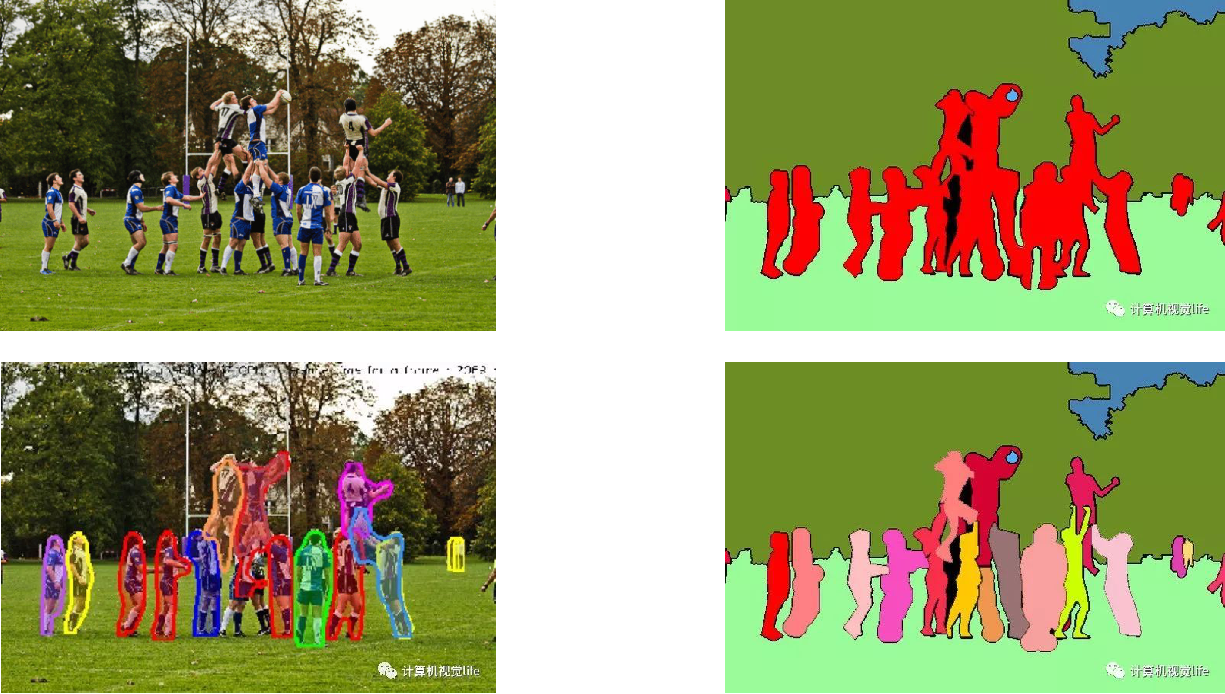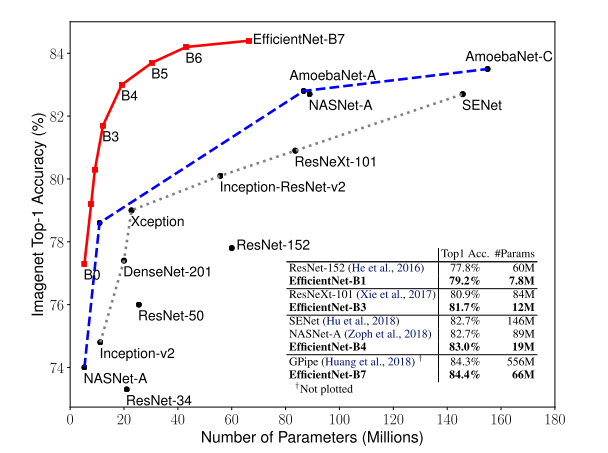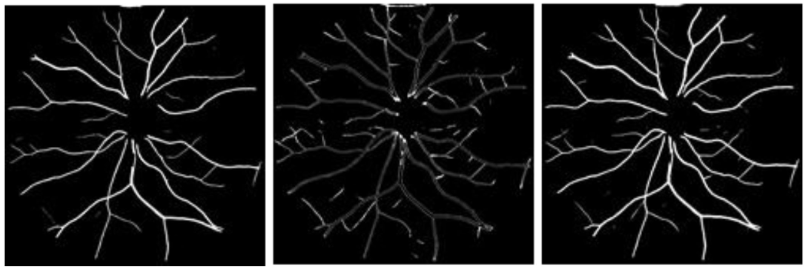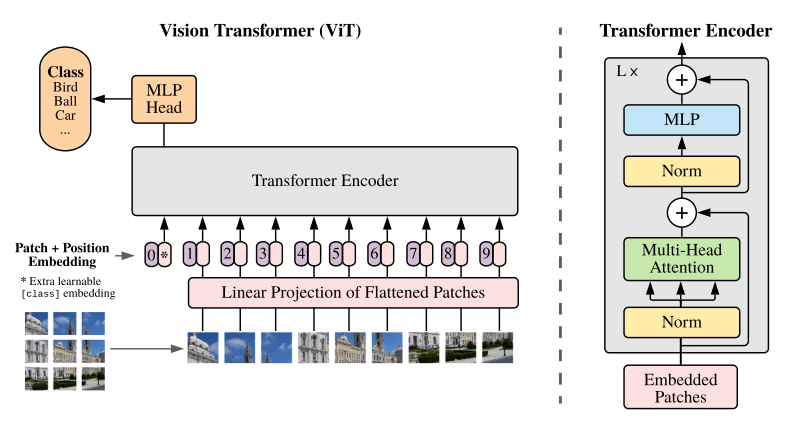1
2
3
4
5
6
7
8
9
10
11
12
13
14
15
16
17
18
19
20
21
22
23
24
25
26
27
28
29
30
31
32
33
34
35
36
37
38
39
40
41
42
43
44
45
46
47
48
49
50
51
52
53
54
55
56
57
58
59
60
61
62
63
64
65
66
67
68
69
70
71
72
73
74
75
76
77
78
79
80
81
82
83
84
85
86
87
88
89
90
91
92
93
94
95
96
97
98
99
100
101
102
103
104
105
106
107
108
109
110
111
112
113
114
115
116
117
118
119
120
121
122
123
124
125
126
127
128
129
130
131
132
133
134
135
136
137
138
139
140
141
142
143
144
145
146
147
148
149
150
151
152
153
154
155
156
157
158
159
160
161
162
163
164
165
166
167
168
169
170
171
172
173
174
175
176
177
178
179
180
181
182
183
184
185
186
187
188
189
190
191
192
193
194
195
196
197
198
199
200
201
202
203
204
205
206
207
208
209
210
211
212
213
214
215
216
217
218
219
220
221
222
223
224
225
226
227
228
229
230
| import torch
import torch.nn as nn
import torch.nn.functional as F
from torch.autograd import Variable
import math
class HardSwish(nn.Module):
def __init__(self, inplace=True):
super(HardSwish, self).__init__()
self.relu6 = nn.ReLU6(inplace=inplace)
def forward(self, x):
return x * (self.relu6(x+3)) / 6
class HardSigmoid(nn.Module):
def __init__(self, inplace=True):
super(HardSigmoid, self).__init__()
self.relu6 = nn.ReLU6(inplace=inplace)
def forward(self, x):
return (self.relu6(x+3)) / 6
ACT_FNS = {
'RE': nn.ReLU6(inplace=True),
'HS': HardSwish(),
'HG': HardSigmoid()
}
def _make_divisible(v, divisor, min_value=None):
if min_value is None:
min_value = divisor
new_v = max(min_value, int(v + divisor / 2) // divisor * divisor)
if new_v < 0.9 * v:
new_v += divisor
return new_v
def conv_3x3_bn(inp, oup, stride, nl='RE'):
return nn.Sequential(
nn.Conv2d(inp, oup, 3, stride, 1, bias=False),
nn.BatchNorm2d(oup),
ACT_FNS[nl]
)
def conv_1x1(inp, oup, nl='RE', with_se=False):
if with_se:
return nn.Sequential(
nn.Conv2d(inp, oup, 1, 1, 0, bias=False),
SqueezeAndExcite(oup, reduction=4),
ACT_FNS[nl]
)
else:
return nn.Sequential(
nn.Conv2d(inp, oup, 1, 1, 0, bias=False),
ACT_FNS[nl]
)
def conv_1x1_bn(inp, oup, nl='RE', with_se=False):
if with_se:
return nn.Sequential(
nn.Conv2d(inp, oup, 1, 1, 0, bias=False),
SqueezeAndExcite(oup, reduction=4),
nn.BatchNorm2d(oup),
ACT_FNS[nl]
)
else:
return nn.Sequential(
nn.Conv2d(inp, oup, 1, 1, 0, bias=False),
nn.BatchNorm2d(oup),
ACT_FNS[nl]
)
class SqueezeAndExcite(nn.Module):
def __init__(self, n_features, reduction=4):
super(SqueezeAndExcite, self).__init__()
if n_features % reduction != 0:
raise ValueError('n_features must be divisible by reduction (default = 4)')
self.linear1 = nn.Linear(n_features, n_features // reduction, bias=True)
self.nonlin1 = ACT_FNS['RE']
self.linear2 = nn.Linear(n_features // reduction, n_features, bias=True)
self.nonlin2 = ACT_FNS['HG']
def forward(self, x):
y = F.avg_pool2d(x, kernel_size=x.size()[2:4])
y = y.permute(0, 2, 3, 1)
y = self.nonlin1(self.linear1(y))
y = self.nonlin2(self.linear2(y))
y = y.permute(0, 3, 1, 2)
y = x * y
return y
class InvertedResidual(nn.Module):
def __init__(self, inp, oup, kernel, stride, expand_size, nl='RE', with_se=False):
super(InvertedResidual, self).__init__()
assert stride in [1, 2]
hidden_dim = expand_size
self.identity = stride == 1 and inp == oup
self.pw = nn.Sequential(
nn.Conv2d(inp, hidden_dim, 1, 1, 0, bias=False),
nn.BatchNorm2d(hidden_dim),
ACT_FNS[nl],
)
self.dw = nn.Sequential(
nn.Conv2d(hidden_dim, hidden_dim, kernel, stride, kernel//2, groups=hidden_dim, bias=False),
nn.BatchNorm2d(hidden_dim),
ACT_FNS[nl],
)
self.se = nn.Sequential(
SqueezeAndExcite(hidden_dim, reduction=4)
)
self.pw_linear = nn.Sequential(
nn.Conv2d(hidden_dim, oup, 1, 1, 0, bias=False),
nn.BatchNorm2d(oup),
)
if with_se:
if expand_size == oup:
self.conv = nn.Sequential(
self.dw,
self.se,
self.pw_linear,
)
else:
self.conv = nn.Sequential(
self.pw,
self.dw,
self.se,
self.pw_linear,
)
else:
if expand_size == oup:
self.conv = nn.Sequential(
self.dw,
self.pw_linear,
)
else:
self.conv = nn.Sequential(
self.pw,
self.dw,
self.pw_linear,
)
def forward(self, x):
if self.identity:
return x + self.conv(x)
else:
return self.conv(x)
class MobileNetV3(nn.Module):
cfg = [(3, 16, 16, True, 'RE', 2),
(3, 72, 24, False, 'RE', 2),
(3, 88, 24, False, 'RE', 1),
(5, 96, 40, True, 'HS', 2),
(5, 240, 40, True, 'HS', 1),
(5, 240, 40, True, 'HS', 1),
(5, 120, 48, True, 'HS', 1),
(5, 144, 48, True, 'HS', 1),
(5, 288, 96, True, 'HS', 2),
(5, 576, 96, True, 'HS', 1),
(5, 576, 96, True, 'HS', 1)]
def __init__(self, num_classes=2, input_size=224, width_mult=1.):
super(MobileNetV3, self).__init__()
assert input_size % 32 == 0
input_channel = _make_divisible(16 * width_mult, 8)
self.conv0 = conv_3x3_bn(3, input_channel, 2, nl='HS')
layers = []
block = InvertedResidual
for kernel, expansion, output_channel, se, nl, stride in self.cfg:
layers.append(block(input_channel, output_channel, kernel, stride, expansion, nl=nl, with_se=se))
input_channel = output_channel
self.features = nn.Sequential(*layers)
self.conv1 = conv_1x1_bn(input_channel, expansion, nl='HS', with_se=False)
input_channel = expansion
self.avgpool = nn.AvgPool2d(input_size // 32, stride=1)
output_channel = _make_divisible(1280 * width_mult, 8) if width_mult > 1.0 else 1280
self.conv2 = conv_1x1(input_channel, output_channel, nl='HS', with_se=False)
self.classifier = nn.Linear(output_channel, num_classes)
self._initialize_weights()
def forward(self, x):
x = self.conv0(x)
x = self.features(x)
x = self.conv1(x)
x = self.avgpool(x)
x = self.conv2(x)
x = x.view(x.size(0), -1)
x = self.classifier(x)
return x
def _initialize_weights(self):
for m in self.modules():
if isinstance(m, nn.Conv2d):
n = m.kernel_size[0] * m.kernel_size[1] * m.out_channels
m.weight.data.normal_(0, math.sqrt(2. / n))
if m.bias is not None:
m.bias.data.zero_()
elif isinstance(m, nn.BatchNorm2d):
m.weight.data.fill_(1)
m.bias.data.zero_()
elif isinstance(m, nn.Linear):
n = m.weight.size(1)
m.weight.data.normal_(0, 0.01)
m.bias.data.zero_()
|






